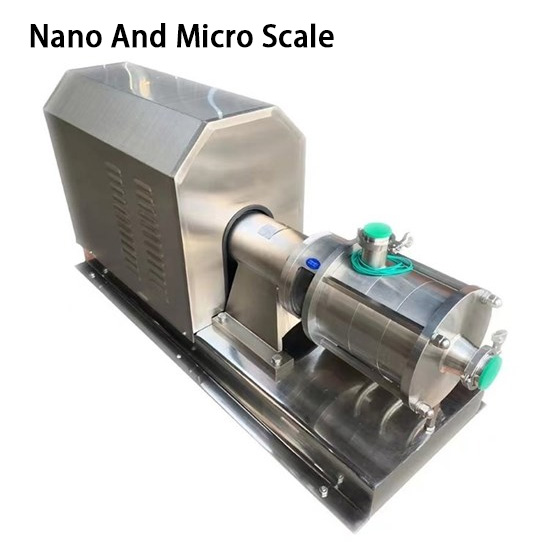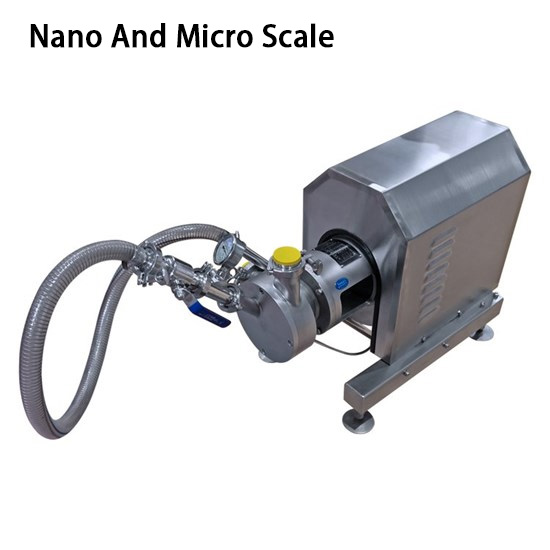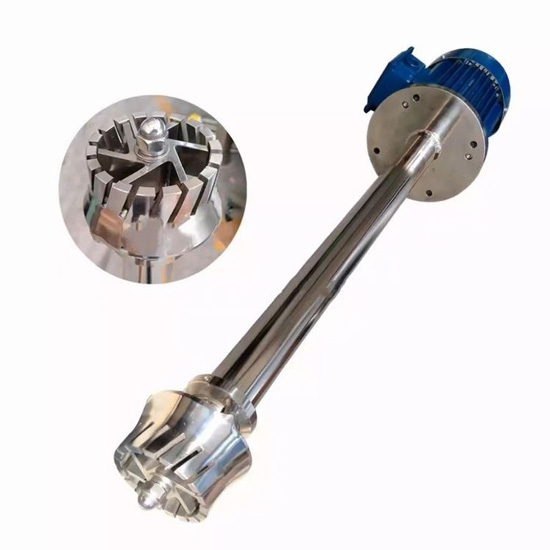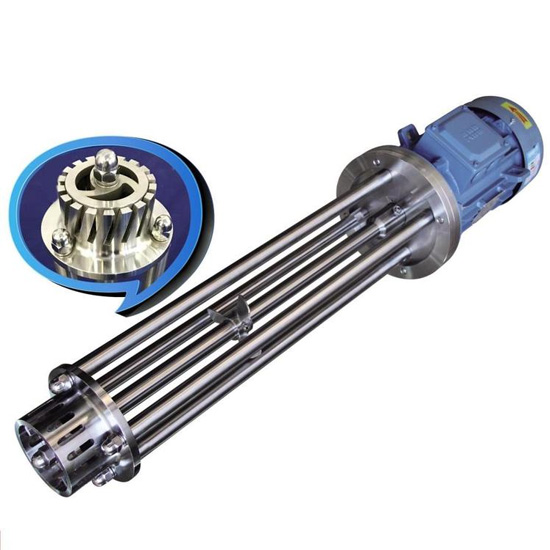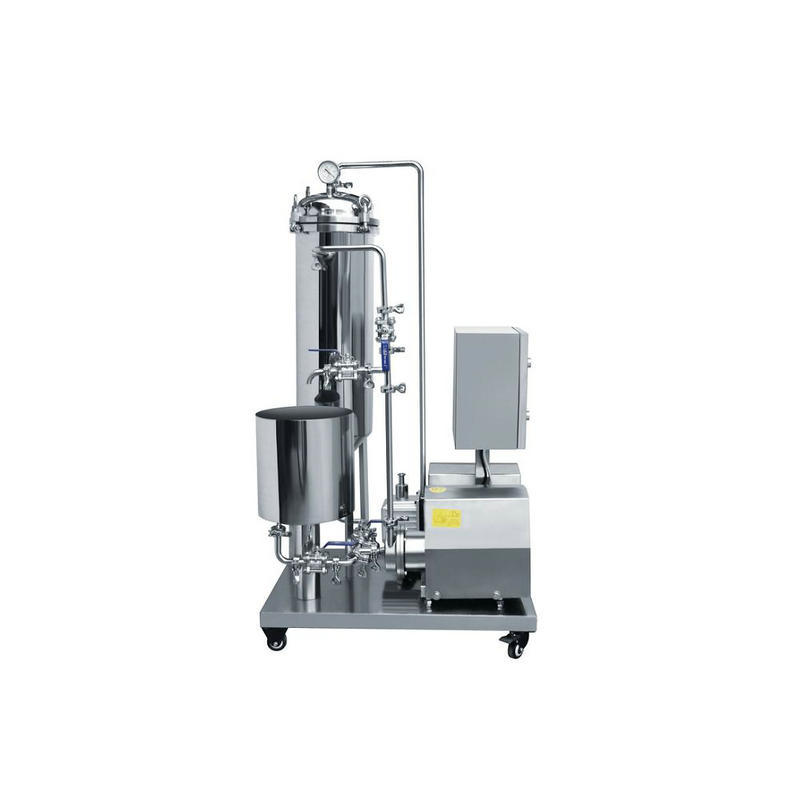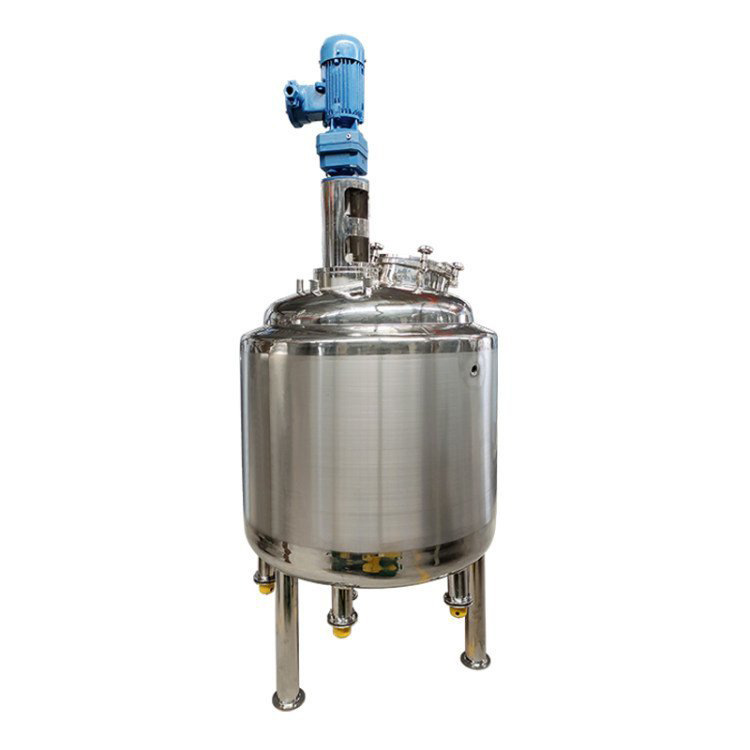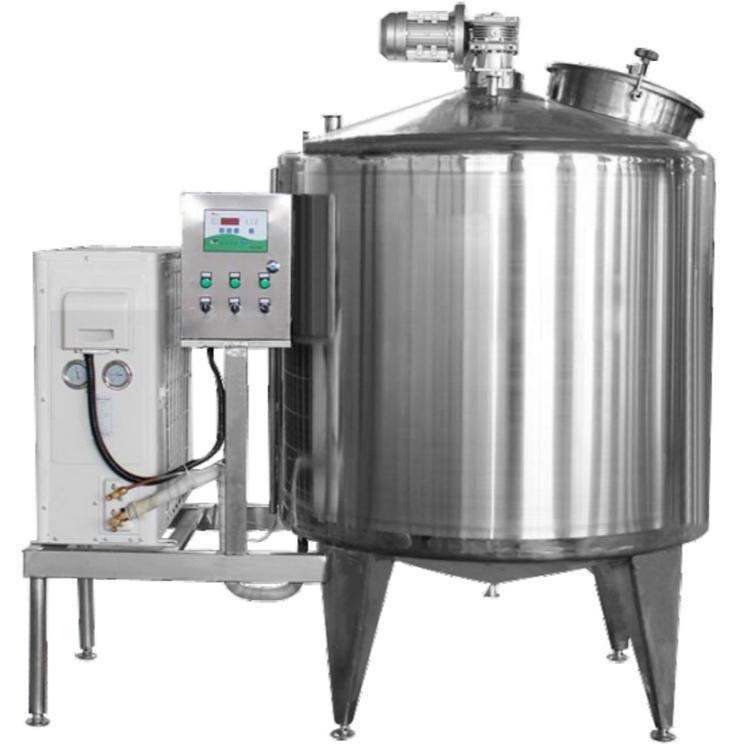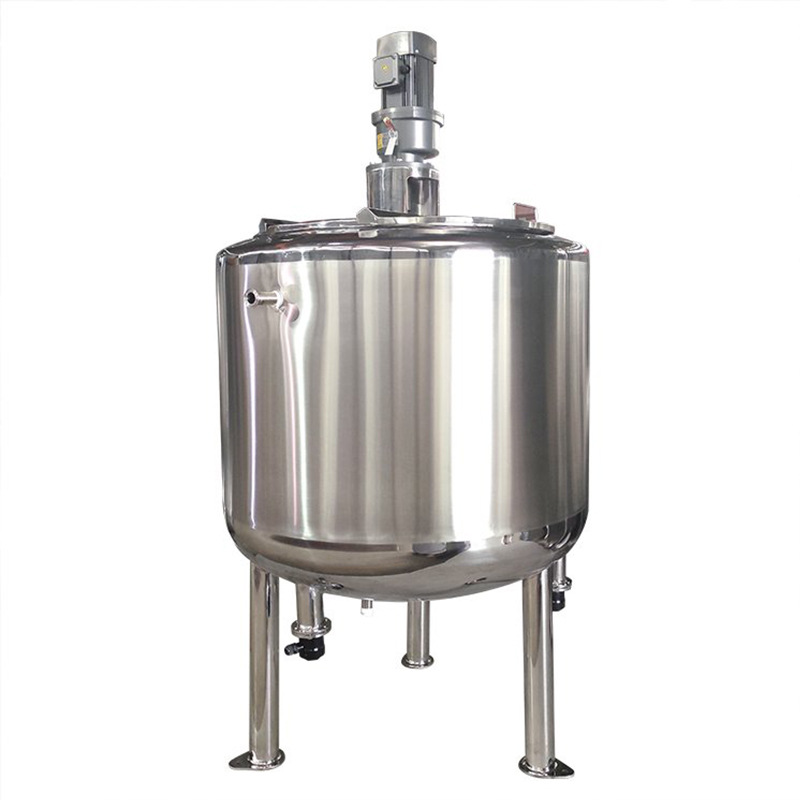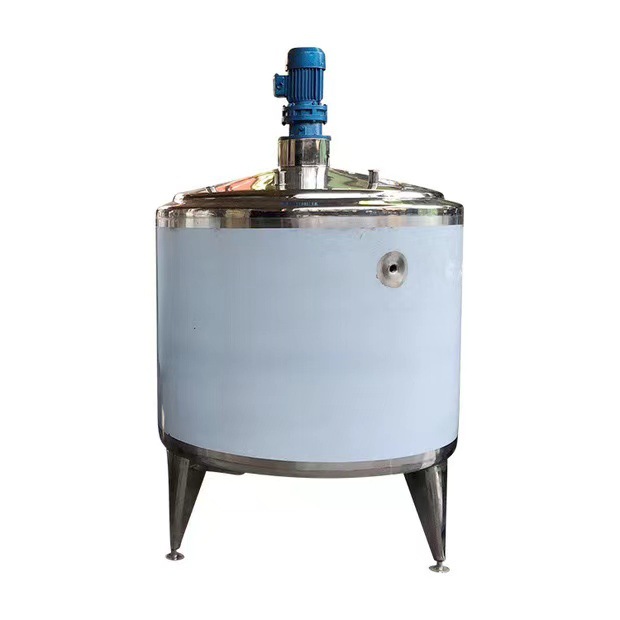Have You Seen This Flip-top Laboratory Emulsifying Pot?
In the vast field of scientific research and industrial production, Emulsification Pump plays an indispensable role as a key equipment.
It is not only a frequent visitor in laboratories of many industries such as chemistry, food, pharmaceuticals and cosmetics, but also an important tool to promote product innovation and technological progress.
This article will explore the mystery of this precision instrument from the basic principles, structural characteristics, application fields, key points of operation and future development trends of the emulsifier.
Emulsification, in short, is the process of forming a uniformly dispersed emulsion by mechanical force, chemical action or a combination of both of two or more immiscible liquids.
The laboratory emulsifier uses this principle to efficiently mix raw materials such as oil phase and water phase in a closed container through its unique stirring system and temperature control device to form a stable emulsion system.
Its core is to break the interfacial tension between liquids through physical effects such as shear force, impact force and eddy current, so that tiny droplets are evenly dispersed in another phase.
### Structural features
The design of the laboratory emulsifier fully considers the particularity of the laboratory environment and the diversity of experimental needs. Its structure usually includes the following key parts:
1. **Pot body**: Made of high-quality stainless steel, it has good corrosion resistance and easy cleaning, ensuring the safety and hygiene of the experimental process. The inside of the pot is smooth and has no dead corners, which is convenient for the material to be fully mixed and not easy to leave residue.
2. **Stirring system**: This is the core component of the emulsification pot, usually composed of a motor, a reducer, a stirring paddle, etc.
The shape and speed of the stirring paddle can be adjusted according to the experimental requirements to achieve different stirring effects and emulsification quality. Some high-end emulsification pots are also equipped with a multi-stage stirring system, which can further improve the emulsification efficiency.
3. **Temperature control system**: Accurate temperature control is the key to the success of the emulsification process. Laboratory emulsification pots are usually equipped with advanced temperature control devices that can monitor and adjust the temperature in the pot in real time to ensure that the experiment is carried out under optimal temperature conditions.
4. **Safety devices**: Including pressure protection, temperature over-limit alarm, emergency stop button, etc., to ensure the safety of personnel and equipment during the experiment.
### Application fields
The application range of laboratory emulsifiers is extremely wide, covering almost all industries that require emulsification technology:
- **Food industry**: used in the emulsification process of making cream, ice cream, sauces, beverages and other products to improve the taste and stability of the products.
- **Cosmetics industry**: In the production of emulsions, face creams, shampoos and other products, emulsifiers help to evenly mix the oil phase and water phase raw materials to form a delicate and stable emulsion.
- **Pharmaceutical field**: In the preparation of pharmaceutical preparations, emulsifiers are used to mix the active ingredients of drugs with excipients to prepare pharmaceutical preparations that are easy to absorb and have good stability.
- **Chemical industry**: In the production process of synthetic emulsions, coatings, inks and other chemicals, emulsifiers play a vital role.
### Operation points
When operating a laboratory emulsifier, pay attention to the following points to ensure the success and safety of the experiment:
1. **Pretreatment**: Before the experiment, the raw materials should be pretreated as necessary, such as filtering, heating or cooling, to meet the emulsification requirements.
2. **Parameter setting**: According to the experimental requirements, set the stirring speed, temperature and other parameters reasonably to avoid excessively high or low parameters that lead to poor emulsification effect or equipment damage.
3. **Process monitoring**: During the experiment, pay close attention to the emulsification state and adjust the parameters in time to deal with possible abnormal situations.
4. **Cleaning and maintenance**: After the experiment, the emulsification pot should be thoroughly cleaned in time to avoid the residue from affecting the next experiment. At the same time, regularly maintain the equipment to extend its service life.
### Future development trend
With the advancement of science and technology and the development of the industry, laboratory emulsification pots are moving towards a more intelligent, efficient and environmentally friendly direction. In the future, we can expect the following innovations:
1. **Intelligent control**: By introducing advanced sensors and Internet of Things technologies, remote monitoring and intelligent control of emulsification pots are realized to improve experimental efficiency and safety.
2. **High efficiency and energy saving**: Optimize the design of the stirring system and the temperature control algorithm to reduce energy consumption and improve energy utilization efficiency.
3. **Green and environmental protection**: Use environmentally friendly materials to manufacture emulsification pots to reduce pollution emissions during the production process. At the same time, develop degradable or easily recyclable emulsifiers to promote the development of green chemistry.
4. **Multifunctional integration**: Combine the emulsifier with other experimental equipment to form a multifunctional integrated experimental platform to meet complex experimental needs and improve scientific research efficiency.
In short, as an important tool in scientific research and industrial production, the development and progress of laboratory emulsifiers not only promotes technological innovation in related industries, but also contributes to the sustainable development of human society.
With the continuous advancement of science and technology, we have reason to believe that the future emulsifier will be more intelligent, efficient, and environmentally friendly, providing more powerful support for human scientific research and production activities.
